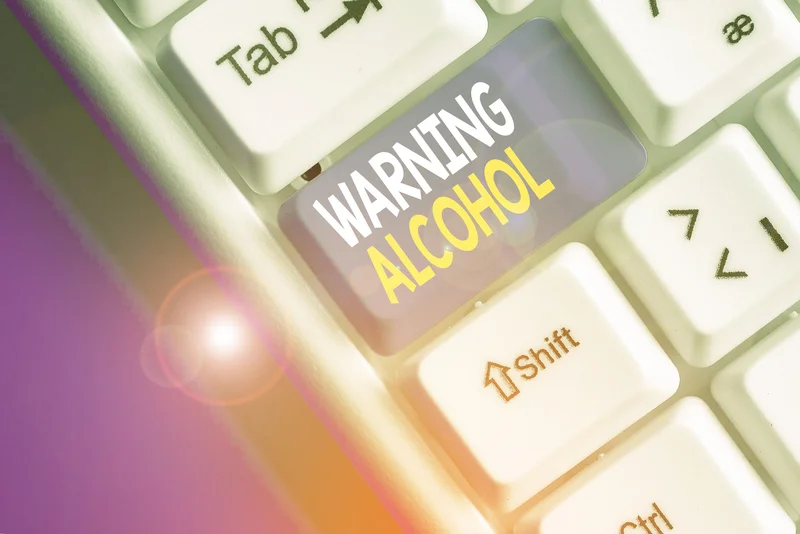
In fact, in 2019, an intranasal form of a molecularly-similar compound (esketamine) was given FDA approval for depression treatment. Rehabilitation centers can help with different treatment options, detox programs, and other necessary assistance for overcoming dependency. This leaves plenty of room for drug addiction excessive amounts of ketamine to be taken, amounts which can lead to an overdose. Likewise, snorting and injecting ketamine are common ways to consume ketamine, so this permits quick entry into the bloodstream.

What Is Medication-Assisted Treatment (MAT)?
- It is much easier to stay sober while in the secure and controlled inpatient facility.
- Ketamine addiction arises when individuals misuse ketamine beyond prescribed medical use, leading to physical dependence and psychological cravings.
- At DeNovo Recovery, compassionate professionals stand ready to guide this journey, providing the tools, support, and expertise needed for lasting recovery.
- The psychedelic and dissociative effects of ketamine can affect the prefrontal cortex and hippocampus.
It also creates a sense of detachment from reality, which has made it popular among club-goers and ravers. Even if you’ve had positive experiences, a slight increase in dosage can be the difference between a good time and a dangerous situation. You can find more detailed data on the drugs people had problems with in the data tables that accompany this report. The percentage of people leaving treatment free of dependence fell slightly in 2022 to 2023 to 46.3%. This overall proportion is a slight decline from last year (48.5%) but is comparable with the proportions in the previous years since 2015 to 2016 (50.5%).

Who’s at Risk for Ketamine Misuse?

Chronic ketamine abuse can result in a state known as the “k-hole.” The popular recreational drug is misused in social settings, causing cravings and substance abuse. It’s crucial to be aware of the side effects of ketamine and seek help for those facing its misuse. Alcohol and illicit drug use is an escalating and complex global public health burden.
DeNovo Recovery Blog Categories
- As a recognized “party drug” or “club drug,” ketamine is often used and mixed with alcohol and other substances.
- It works by blocking N-methyl-D-aspartate (NMDA) receptors in the brain, disrupting pain signals and producing sedation, anesthesia, and dissociation.
- Drug use is a significant cause of premature death in England, as the ONS drug poisoning data has shown.
- The medical experts need to have a ‘crash cart’ available to revive a person who stops breathing or has a cardiac issue.
- This advertisement is clearly marked and is separate from our editorial content.
- Bokor and Anderson (2014) highlight that while physical dependence is rare in medical contexts, it still develops with chronic use, especially in cases of prolonged treatment.
The number of those rose by 2% from the previous year (from 84,697 to 86,257) but this is lower than the peak of 91,651 in 2013 to 2014. The number of adults entering treatment in 2022 to 2023 was 137,749, which is higher than the previous 2 years’ figures (130,490 and 133,704). The numbers of people entering treatment was relatively stable from 2016 to 2017 up to 2021 to 2022. Ketamine affects the brain by acting on neurotransmitters, especially glutamate, causing altered mood, perception, and thought processes, including feelings of detachment from self and environment.
- The more well-rounded the treatment program, the better the chances the user has for sustained sobriety.
- Injecting ketamine involves using a liquid form of ketamine and injecting the drug into a vein or muscle (intramuscular) using a syringe and needle.
- Collectively, these studies suggest that ketamine may improve the ability to establish and maintain abstinence in SUDs.
- Ketamine addiction has serious implications for physical and mental health, as well as social and occupational functioning.
Delayed Effects of Ketamine Addiction

Being accountable to a counselor or a support group on a regular basis can help prevent relapse. After completing a medical detox, the next steps are to focus on the psychological aspects of addiction. Counseling can help identify and address the underlying cause of ketamine use. It also affects various areas of the brain, giving it hallucinogenic or dissociative properties. These effects make it desirable to some people for recreational mind-altering episodes. There is still more research needed to determine the factors that could make a person more or less likely to benefit from ketamine therapy.

These aspects may be found in certified addiction centers, which work to treat ketamine addiction, other drug addictions, mental health disorders, and other issues. Detoxification allows you to flush out ketamine and any other substances of abuse. Detox is where you will experience ketamine withdrawal symptoms, such as intense cravings, and receive proper care.
Ketamine addiction refers ketamine and addiction to a condition where individuals become reliant on the drug’s dissociative effects, continuing to use it even when it causes harm. Ketamine developed as an anesthetic, has become increasingly popular for recreational use due to its powerful dissociative effects. This drug creates a sense of detachment from reality, leading many users to seek repeated experiences, which results in addiction. According to Gold (2024), in the article ‘Ketamine Use Disorder Is on the Rise,’ the number of young adults misusing ketamine is rapidly growing, with 75% of recreational users between the ages of 12 and 25. This surge in use, particularly among young people, is contributing to a rise in ketamine addiction across the United States. Ketamine addiction treatment methods include behavioral therapy to address underlying issues, counseling for coping mechanisms, and detoxification programs to manage withdrawal symptoms.
Research institutions and governing bodies like the Drug Enforcement Administration must administer the necessary trials before standardizing and legitimizing ketamine therapy. Other research shows that ketamine can make people with cocaine addiction less responsive to drug-related stimuli, causing them to use and crave the drug less. People who trip on ketamine recreationally often say they’ve had a “K-hole” experience.
How does ketamine addiction affect cognitive function and mental health?
Inpatient treatment services can last anywhere from 28 days to 6 months, depending on the severity of the addiction and the presence of any co-occuring mental health disorders. Ketamine abuse can lead to paralysis and hyper-sedation, which can lead to slowed or stopped breathing. Many ketamine users also experience aggressive or violent behavior as a side effect, which can be a strange turn from the sedative effects of the drug. The safest way to get help for ketamine abuse is to visit an addiction treatment center that uses detox and therapy to treat symptoms.

